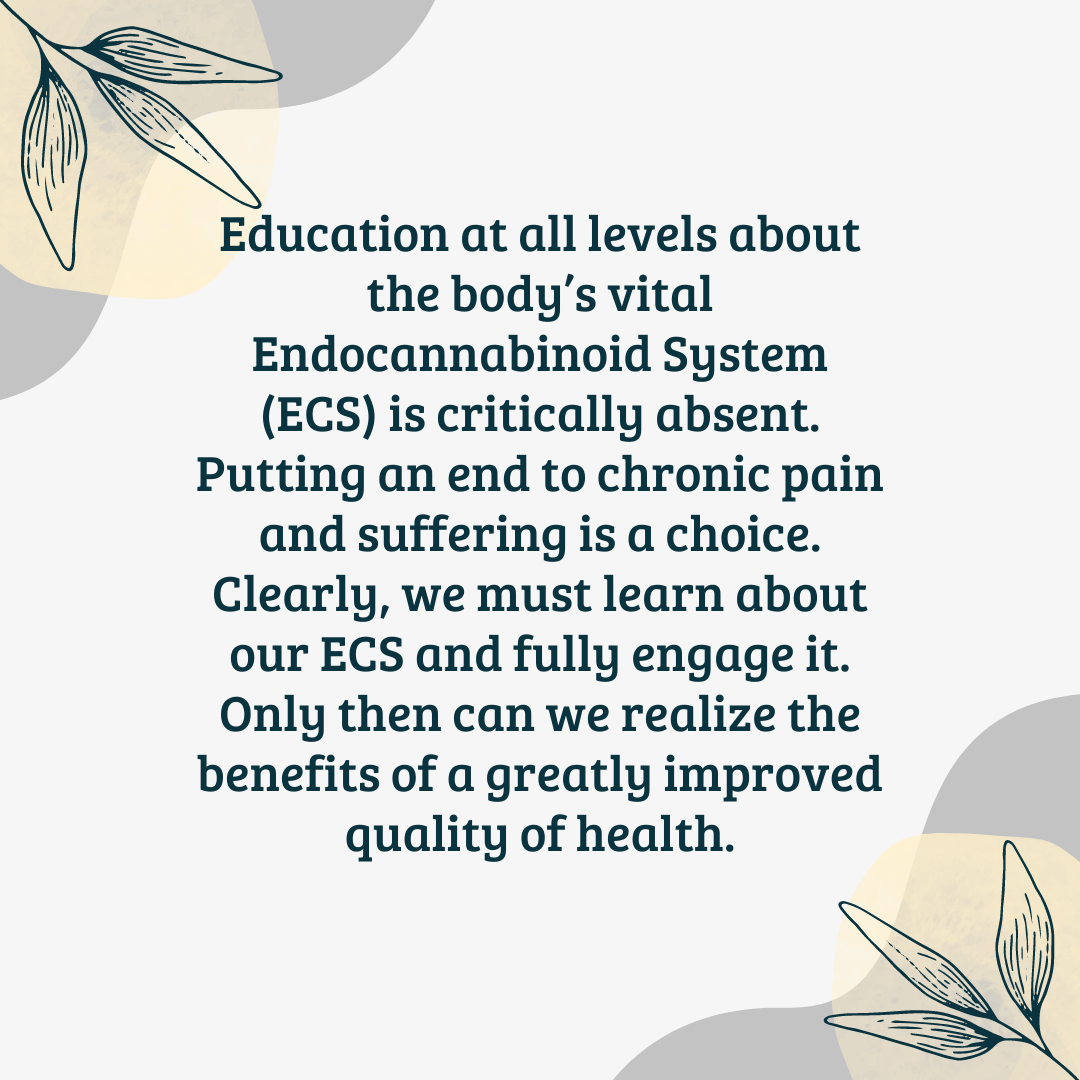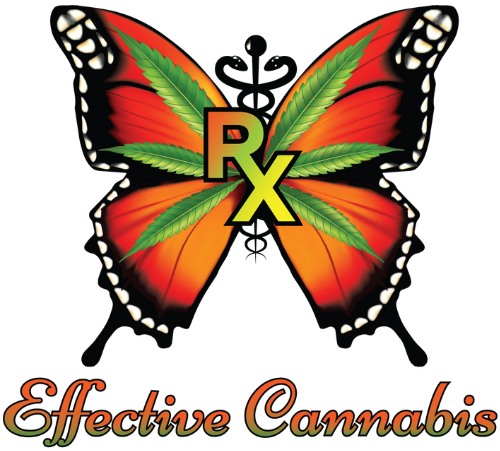By Debi Wimberley, Certified Cannabis Educator and Founder of the Effective Cannabis Newsletter.
Updated March 3, 2025
This is a tribute to all who live in chronic pain. You are important, and you matter. It is also a celebration of all who have learned how to manage their pain with medical Cannabis.
Today for the first time, I am sharing what being medically forced off opioids taught me and gave me. More importantly, this narrative is vital to provide answers and help for those who suffer from a lifestyle of chronic pain. As a result, I hope to shed light on alternative solutions and inspire those seeking relief.
As a result, living in constant, relentless pain robs you of life. No one is ever prepared or taught to transition into a tortured existence. Furthermore, it impacts every aspect of daily living, making even the simplest tasks feel impossible. Similarly, like millions of others, I found myself living on the inside of chronic pain and the opioid crisis (1), left with no treatment options and abandoned by doctors who feared arrest or losing their medical license. The level of my pain was 10…24-7.
At this point, the scientific debate over whether Cannabis can control pain or replace opioids should no longer be a question. However, the proper discussion is how to provide chronic pain sufferers with safe, reliable access to quality medical Cannabis for improved daily living.
The Profound Mental and Physical Impact of Chronic Pain
Being prescribed Fentanyl and OxyContin for over two decades for Complex Regional Pain Syndrome (CRPS) (2) and then being abandoned by my doctors at the height of the opioid crisis brings me here to change our conversation about pain management.
However, learning about my Endocannabinoid System (ECS) and utilizing Cannabis to manage my pain was not a simple or easy process. Consequently, I hope what I have learned can, in some way, help others.
Reality Check
The State of Chronic Pain
Clearly, living a life of chronic pain is not a choice. To reverse this crisis, quality, safe treatments are needed if you consider the statistics of those who suffer.
For instance, the crisis of chronic pain the CDC updated a report (3) in 2018:
More than 1 in 5 adults in the U.S. experience chronic pain.
Approximately 8% of adults have high-impact chronic pain.
Most (84%) of high-impact chronic pain patients cannot work outside the home.
Chronic pain is the No. 1 cause of disability globally.
In addition, The Canadian Task Force (4) reported nearly 8 million Canadians live with chronic pain in 2021.
- 1 in 5 people across their lifespan live with chronic pain.
While another study, a European review (5) reports that chronic pain of moderate to severe intensity occurs in 19% of adult Europeans, seriously affecting the quality of their social and work lives.
Global Study of Women (6) in 2022, nearly one billion women, or one in three, reported experiencing significant physical pain daily.
Finding Alternatives for Opioids in Treating Chronic Pain
Fortunately, I was living in a medical marijuana state, therefore, I turned my attention to how to utilize Cannabis to control pain.
Honestly, it was terrifying especially as my health was critically unstable. Being forced off OxyContin, my body was going through intense withdrawals at the same time when I was contracting MAC lung disease. Desperately I needed to learn how to apply Cannabis to manage my pain.
However, the learning curve was steep, as no one knew how to tell me to start utilizing Cannabis beyond trying this, then this, and this. Hence, my education and study of Cannabis began unchartered.

Year One: Chronic Pain, Trial and Error, in the Fight to Survive
Cannabis trial and error for my chronic pain began in the dispensary with a budtender who had no health history of me beyond my desire to improve pain and my fight to live. At first, my medicine (product choices) were based on the recommendations of others with no medical background or knowledge around my poor health.
As a result, I gathered knowledge of products and the different consumption methods available to me to manage pain with multiple lung diseases. Furthermore, through detailed tracking, I recorded what varieties worked and what didn’t. As I progressed in my quest, I learned about Cannabis dry flower vapes, opening the door for immediate relief for my pain and began to notice changes in my lung disease.
However, this came with its own learning curve, as there were few dry flower vapes on the market and little knowledge about the benefits.
Year One Takeaway:
I did not fundamentally understand why some things worked and others didn’t.
Walking into a dispensary was like walking into a candy store as a kid. So many choices! Similarly, the budtender behind the counter made each sound like it was just the right one. I felt like Alice in Wonderland. “Eat me” “Drink me!” as I went down the rabbit hole.
At times, I experienced good relief and could see that Cannabis might reduce my pain. I realized I need to be making well-informed decisions around chemovars (7) if Cannabis would ever help me.
There were no Cannabis health coaches to speak of when I began to explore medical Cannabis. Today no one has to go it alone. Speaking with a Cannabis health coach helps reduce trial and error and saves you money.
Year Two: ECS and Cannabinoids
By year two, I turned my attention to my internal Endocannabinoid System (ECS) (8), which plays a vital role in managing my pain. Reading books, reviewing research, and taking online courses on the ECS and the Cannabis plant’s medicinal use, gave me the foundation to engage my ECS for better results.
By meticulously documenting my progress, I began to identify a combination of cannabinoids (9) THC and CBD whole flower that relieved my pain rather well. Then I began to hear about terpenes (10). Understanding the combination of cannabinoids, terpenes and the correct burn temperature finally helped me establish the necessary combinations to manage my pain. Remarkable, that is when I began to notice a change in my lungs and labored breathing.
Year Two Takeaway:
To say that my pain was now stable at a manageable level of 3 instead of a debilitating 10 was truly life-changing. Honestly, I was afraid to admit how much I had improved—both in pain relief and lung function. Was it real? Was it just in my head? And most importantly, would it last?
Years Three and Four: Understanding My ECS and the Reduction of Chronic Pain
Engaging and Understanding My Endocannabinoid System (ECS) reducing my pain level was great, but I needed to understand how this was possible. No doctor could ever do this with six years of experimental treatments and two decades of prescribed high-dose opioid use that still left me in pain of 10 on most days.
I recall my pain doctor explaining it was like my brain was short-circuited when a heavy coffee mug hit my foot, triggering CRPS to take over. He had no knowledge of the ECS at that time any more than I did.
That one recall led me to start piecing together how the Endocannabinoid System (ECS ) and its responsibility for keeping all body systems in harmony or homeostasis make sense. It was not my brain; it was my ECS!
Also, forgetting to take my breathing meds and not needing them was surprising with my poor lung health. Just maybe the ECS was at play here as well.
Year Three and Four Takeaway:
Think of your body as a car, an intricate network of systems that keep you running at peak performance. Your ECS is on the lookout watching over all of them. Once it detects a problem, it also functions as your trusted mechanic, moving in to address the issue, but only when your ECS is maintained and working properly.
When that coffee mug hit my foot, my central nervous system fired electrical signals faster than my Endocannabinoid System could respond, leaving me in a state of sedentary living which is never good for lung health. My system needed to be supplemented with cannabinoids. The introduction of the right chemovars of THC, CBD, and terpenes quieted down my pain signals and inflammation in my lungs allowing me to eliminate 23 prescribed pharmaceuticals with one natural plant called Cannabis.
Years 5 to 7: The Impact of Opioids on My Body and Health
Finally, with my pain under control and breathing better, I now needed to address the impact of over two decades of opioid use.
I was at 240mgs a day of OxyContin when medically-forced tapering of my dose began. The first cutdown was 25% and extremely harsh on my body and respiratory system. I became unable to breathe for myself, fighting for my life. I was not mentally or physically prepared for withdrawal from a drug dependency, but then who is?
My last and final cutdown was the harshest of all. Where my internal body temperature became dysregulated, and I was constantly freezing. With gut health completely out of control, unmanageable, and I couldn’t sleep.
I learned how to manage the withdrawal symptoms to ensure my body did not try to quit on me again. Here I was, opioid-free, with things occurring in my body that made no sense. My doctors had no answers.
This forced me to study the impact of the absence of opioids on the body after being consumed over a long period.
Final Takeaway:
Through knowledge and work I have regained a life I enjoy waking up to every morning. If I had not been forced off opioids this never would have been possible. The anger I once had has turned into a mission and a promise to you to educate and advocate for medical Cannabis to be available to all with the knowledge necessary to improve quality of life.
Education at all levels about the body’s vital Endocannabinoid System (ECS) is critically absent. Putting an end to chronic pain and suffering is a choice. Clearly, we must learn about our ECS and fully engage it. Only then can we realize the benefits of a greatly improved pain management and quality of health.
Conclusion
To conclude, chronic pain remains a significant global healthcare challenge that demands greater attention and a fresh perspective. While the underlying causes of chronic pain may vary across different regions, its impact is universally profound. The World Health Organization’s recent reclassification of chronic pain as a disease in the International Classification of Diseases underscores the urgency of addressing pain with renewed focus.
A comprehensive approach to managing chronic pain must include an understanding of the Endocannabinoid System and its critical role in pain regulation. Education focused on this system and the efficacy of cannabinoid therapies is essential to improving pain management strategies and outcomes for those affected worldwide.
As we expand access to these therapies, understanding how they are delivered becomes just as important. Inhalation methods, for example, can offer rapid relief when used thoughtfully—and selecting the right approach can make a meaningful difference in care. Inhalation isn’t the answer for everyone, but for some, it may be a powerful tool in managing chronic symptoms effectively.
References:
1. Wimberley, Debi. “Forced off Opioids Living inside the Storm ” Effective Cannabis Effective Cannabis.” Effective Cannabis, Effective Cannabis, 24 Aug. 2019, effectivecannabis.com/forced-off-opioids-living-inside-the-storm/. Update January 2023.
2. “Complex Regional Pain Syndrome.” National Institute of Neurological Disorders and Stroke, U.S. Department of Health and Human Services, Jan. 2017, www.ninds.nih.gov/complex-regional-pain-syndrome-fact-sheet.
3. Dahlhamer J, Lucas J, Zelaya, C, et al. Prevalence of Chronic Pain and High-Impact Chronic Pain Among Adults — United States, 2016. MMWR Morb Mortal Wkly Rep 2018;67:1001–1006. DOI: http://dx.doi.org/10.15585/mmwr.mm6736a2external icon.
4. Health Canada, Canadian Pain Task Force Report:2021, Pain in Canada: A Public Health emergency in need of action, Cat.: H134-19/2021E-PDF, ISBN: 978-0-660-38498-6, Pub.: 210048.
5. Breivik, Harald et al. “Survey of chronic pain in Europe: prevalence, impact on daily life, and treatment.” European journal of pain (London, England) vol.10,4 (2006): 287-333. doi:10.1016/j.ejpain.2005.06.009.
6. Ray, Julie, and Jonathan Georges Mehanna. “Global Study Issues Wake-up Call for Women’s Health.” Gallup.Com, Hologic, 29 Feb. 2024, news.gallup.com/poll/547712/global-study-issues-wake-call-women-health.aspx.
7. “Cannabis Chemovar Classification.” Modern Canna | MCS, 1 Dec. 2023, moderncanna.com/resources/cannabis-chemovars/. No published date.
8. Finn, David P.a,*; Haroutounian, Simonb; Hohmann, Andrea G.c; Krane, Elliotd; Soliman, Nadiae; Rice, Andrew S.C.e. Cannabinoids, the endocannabinoid system, and pain: a review of preclinical studies. PAIN 162():p S5-S25, July 2021. | DOI: 10.1097/j.pain.0000000000002268
9. Mandal, Ananya. “What Are Cannabinoids?” News Medical, News Medical Life Sciences, 16 June 2023, www.news-medical.net/health/What-are-Cannabinoids.aspx.
10. Jon Johnson, “What to know about terpenes”, Medically reviewed by Eloise Theisen, RN, MSN, AGPCNP-BC, Medical News Today, March 6, 2020 https://www.medicalnewstoday.com/.
About Debi Wimberley:
Debi Wimberley is a resilient advocate for Medical Cannabis education and self-empowered health. A survivor of decades of chronic pain and lung disease, she turned her background in medical technology, oncology, and hospital labs into tools for thriving. Certified in Medical Cannabis applications and Patient Care, Debi is a professional communicator, podcaster, TEDx speaker, and author. Founder of Effective Cannabis and Effective Cannabis Newsletter. Her mission is to centralize quality, accurate, fact-based education through collaborative work with other certified Cannabis educators, health coaches, and professionals.
Click the Learn More Button


